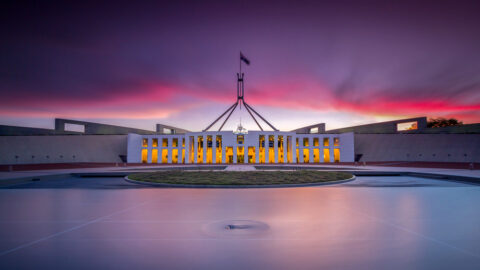Open Energy Networks (OpEN) has published its response to the key themes and issues stakeholders have highlighted throughout the consultation process of the OpEN work program.
OpEN aims to identify how to best transition to a multi directional grid that allows better integration of distributed energy resources (DER) like solar and storage into the grid, leading to better outcomes for all customers. It invited stakeholder submissions that focused on pathways to maximise the value of distribution system connected DER, passive and active DER potential, and to decipher future frameworks for DER optimisation. It also sought feedback on how to address distribution network limits and the immediate actions required to improve DER coordination.
The Open Energy Networks project was designed to be collaborative, responsive and dynamic. The 62 submissions received have helped frame the next stages of the OpEN work program.
The submissions
Submissions varied in focus and in their views of the barriers and possible solutions to an agreed framework for the effective integration, optimisation and management of DER. However, some overarching themes could be identified from stakeholder responses.
The key message from stakeholders was that any solution must have customers as the central focus. This is encouraging and is certainly aligned to the customer-centric approach the OpEN team believes must be adopted by regulators and rule makers.
Another strongly held view was that reforms must provide holistic solutions for the entire system (National Electricity Market, Wholesale Electricity Market, etc.) rather than piecemeal approaches lacking synergy.
A third key theme identified by stakeholders outlined the need for government regulation to keep up with the pace of transition. There was a view that timely, proactive decision making must be achieved in order to avoid reactionary policy decisions that could lead to inefficient outcomes.
The OpEN consultation sought feedback on the eleven functions and three possible market frameworks that could deliver whole of system solutions. The three frameworks identified in the paper included a Single Integrated Platform (SIP) model, a Two Step Tiered Platform model, and an independent DSO.
Based on stakeholder feedback, the eleven functions were all accepted, although some minor adjustments were made to clarify some of them. However, two new functions were identified through the process and were subsequently included in stage two of the project. These were connecting DER, and network and system security.
Stakeholder support for the frameworks was spread. There was a measure of correlation between the sector the respondent represented seemingly influencing their preferred model. There was minority support for the inclusion of a decentralised framework as an alternative model, however no responses could outline how that model would practically work.

















Comments are closed.